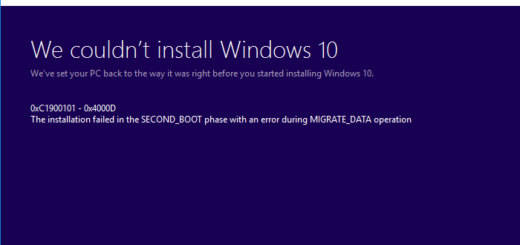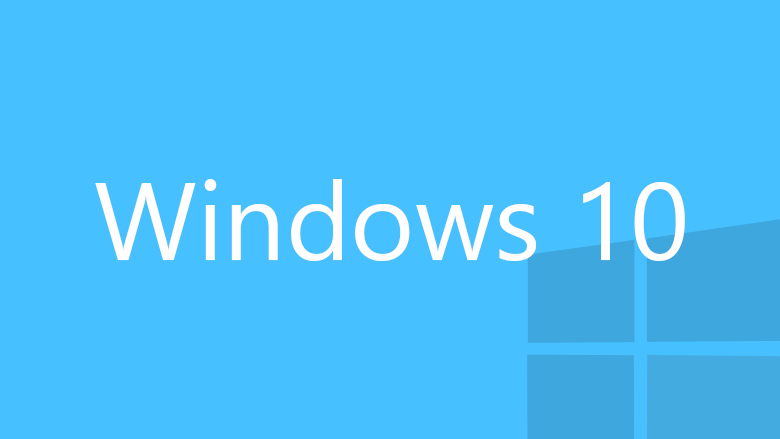How To Fix The 0x0000001E Error on Windows XP
The 0x0000001E error presents itself on Windows XP in the form of a blue screen. These “Blue Screens of Death” are built into Windows to display an error with the hardware, if an error does occur. You will not be able to use Windows XP in the current session but it may be possible to restart and try again. The main cause of this particular error (the 0x0000001E error) is not enough hard disk space on the hard disk where Windows XP is installed. It may also occur if you have any 3rd party drivers that are outdated or broken.
What Causes The 0x0000001E Error?
The error message on the blue screen will be as follows:
STOP: 0x0000001E (0x80000003, 0xBFC0304, 0x0000000, 0x0000001)
[bugcheck code] ([1] [2] [3] [4])
or you may receive this error code:
Stop 0x0000001E or KMODE_EXCEPTION_NOT_HANDLED
What these errors are trying to flag up are that there is insufficient hard disk space available to perform operations. It is always vital that you maintain a healthy amount of free space on your designated C:\ drive. Windows will always need extra hard disk space to perform operations and to carry out temporary tasks. Also, 3rd party drivers can cause conflicts with the Windows system causing it to believe there is faulty hardware attached to the computer when as a matter of fact it is just incompatible drivers.
How To Fix The 0x0000001E Error
Step 1 – Free Up Hard Drive Space
As mentioned above, keeping a healthy chunk of free space available on C:\ for various Windows operations is vital. Your first step to resolve this problem should therefore be the removal of unwanted programs on your C:\ drive. You can use Windows’ own program designed to clean up unwanted files, called “Disk Cleanup”. This will search your hard drive for any files that you rarely use and also for any files that are associated with programs that are no longer installed.
You could also use “RegAce System Suite“, which provides a thorough junk file remover. It searches the registry and the hard drive and finds any files that may still have strings in the registry but may no longer be present on the system. Carrying out both these operations should clean up enough hard disk space, along with your own intuition when it comes to uninstalling programs.
Step 2 – Remove / Uninstall Any 3rd Party Drivers
Sometimes, having a 3rd party driver that is broken or incompatible installed on the system makes Windows recognise the hardware as faulty and thus shows the blue screen. This may not in fact be the case as the hardware will usually be ok.
To locate any faulty drivers, look at the “Stop 0x0000001E” error itself when it appears. If it appears and displays a device name next to it, note this down. You can then uninstall the driver for this particular piece of hardware. If this piece of hardware is vital to the running of your system, you can go to the hardware manufacturers website to find the latest driver. This will eliviate any problems of broken drivers.
Step 3 – Clean Out The Registry
– Download this registry cleaner
The ‘registry’ is a central database which Windows uses to store all the settings, options & information about your sites inside. It’s where your computer keeps the likes of your desktop wallpaper, latest emails and even your stored Internet passwords. Unfortunately, this database is continually being saved in the wrong way, making many of the settings it has corrupted and damaged. Not only does this cause your PC to run slower, it can also cause a lot of errors on your system, including the “Stop 0x0000001E” error. To ensure this is not a problem, it’s advisable you clean out the registry of your system by using a ‘registry cleaner’, an example of which you can see below:



